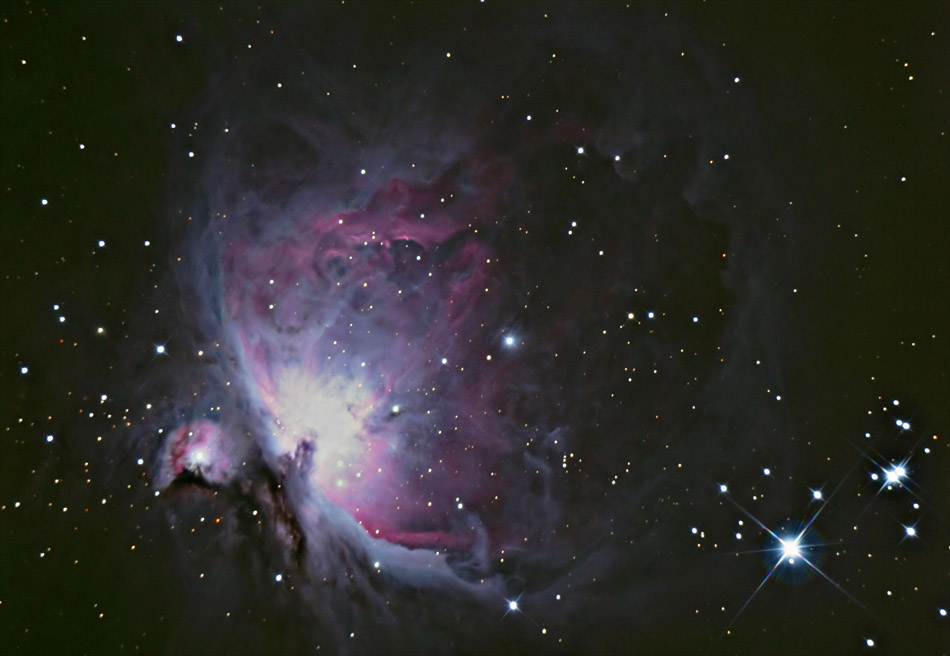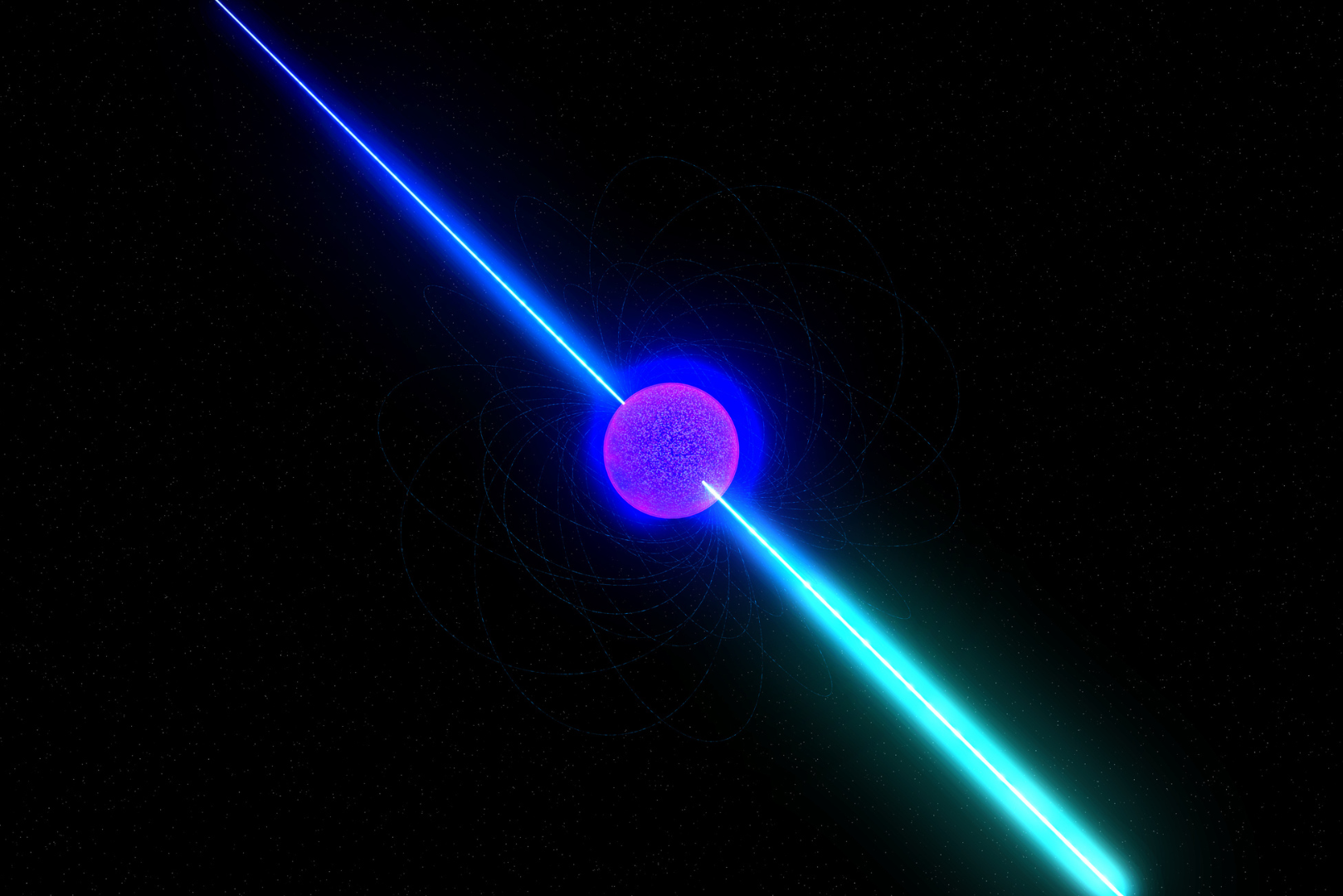At a Glance
- LHS 1140 b, a newly discovered exoplanet, could have a life-sustaining ocean, as suggested by recent observations using the James Webb Space Telescope.
- Among over 5,000 identified exoplanets, LHS 1140 b is one of the few in the “Goldilocks zone,” the ideal distance from its star to support liquid water, essential for life.
- Now identified as a rocky “super-Earth,” LHS 1140 b, once thought to be a gas giant, is 1.7 times the size of Earth and 5.6 times its mass, making it a prime candidate for further study.
- New observations reveal that LHS 1140 b likely lacks the thick hydrogen and helium atmosphere typical of gas giants, and its density suggests it contains significant amounts of water, possibly comprising 10 to 20 percent of its mass.
- Researchers plan to use additional time on the Webb telescope to confirm the existence of an atmosphere and detect carbon dioxide, which would indicate the potential for liquid water and insights into life beyond our solar system.
A newly discovered planet, LHS 1140 b, could be the first exoplanet outside our solar system with a potentially life-sustaining ocean, according to recent findings using the James Webb Space Telescope. Only a few of the over 5,000 exoplanets identified so far are in the “Goldilocks zone”—the ideal distance from their star to support liquid water, which is essential for life.
Scientists have now identified LHS 1140 b as a rocky “super-Earth”—a planet larger than Earth but smaller than Uranus—after initially believing it to be a gas giant with a thick atmosphere. It is 1.7 times the size of Earth and has 5.6 times its mass, making it an intriguing candidate for further study. The planet is located 48 light years away from Earth, a relatively close distance in astronomical terms.
New observations from the Webb telescope have revealed that LHS 1140 b does not have the thick hydrogen and helium atmosphere typical of a gas giant. Instead, its density suggests the presence of significant amounts of water. Estimates indicate that water could make up 10 to 20 percent of the planet’s mass, compared to just 0.02 percent of Earth’s mass. However, further data is required to determine the planet’s atmospheric conditions, leaving it unclear whether this water is in liquid or ice form.
The findings are promising but require further investigation. Researchers hope to use additional time on the Webb telescope to confirm whether LHS 1140 b has an atmosphere and detect carbon dioxide, which would indicate whether the planet could support liquid water. If confirmed, LHS 1140 b could provide valuable insights into the potential for life beyond our solar system.
Further details can be found in the research paper published in the Astrophysical Journal Letters.
References
- Cadieux, C., Doyon, R., MacDonald, R. J., Turbet, M., Artigau, É., Lim, O., Radica, M., Fauchez, T. J., Salhi, S., Dang, L., Albert, L., Coulombe, L.-P., Cowan, N. B., Lafrenière, D., L’Heureux, A., Piaulet-Ghorayeb, C., Benneke, B., Cloutier, R., Charnay, B., … Valencia, D. (2024). Transmission Spectroscopy of the Habitable Zone Exoplanet LHS 1140 b with JWST/NIRISS. The Astrophysical Journal Letters, 970(1), L2. https://doi.org/10.3847/2041-8213/ad5afa
- Celerier, P. (2024, July 13). Nearby exoplanet could be first known ocean world: Webb telescope. Phys.Org; Phys.org. https://phys.org/news/2024-07-nearby-exoplanet-ocean-world-webb.html











